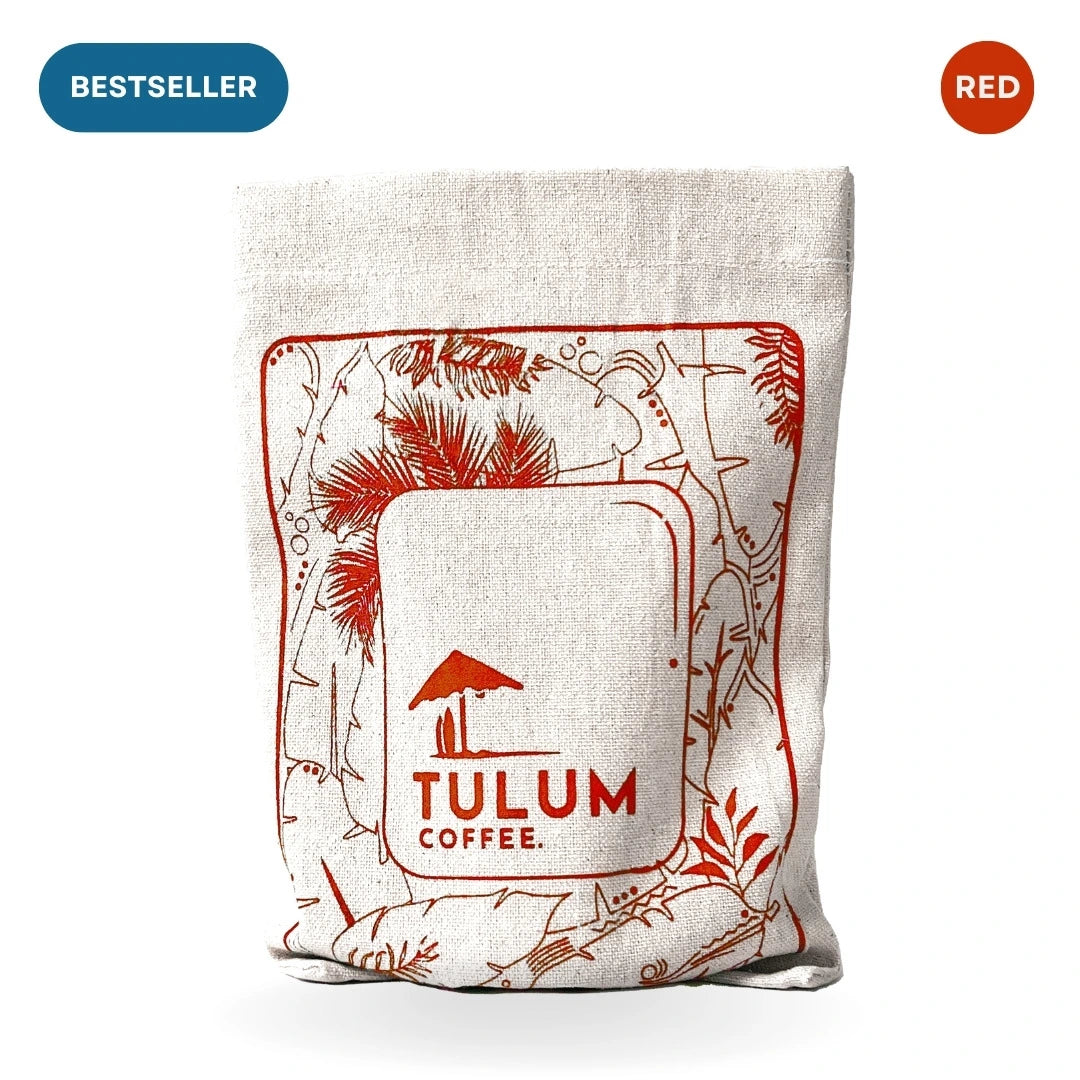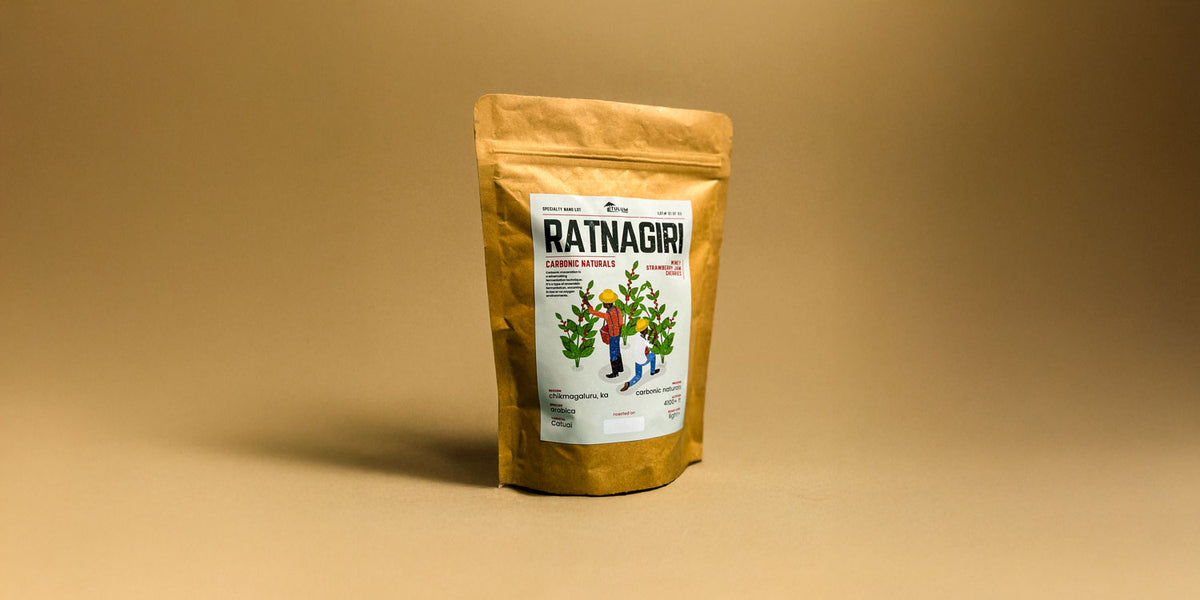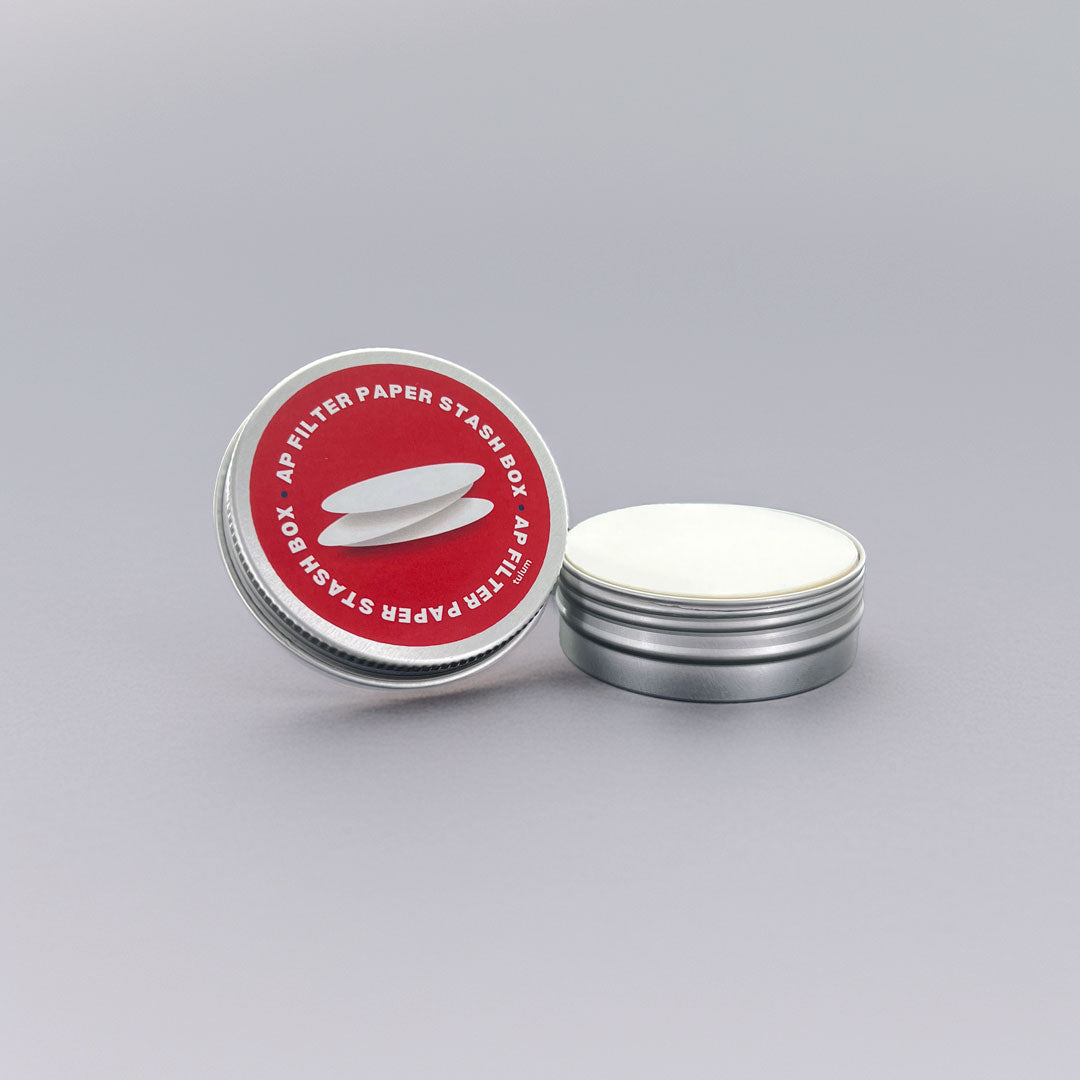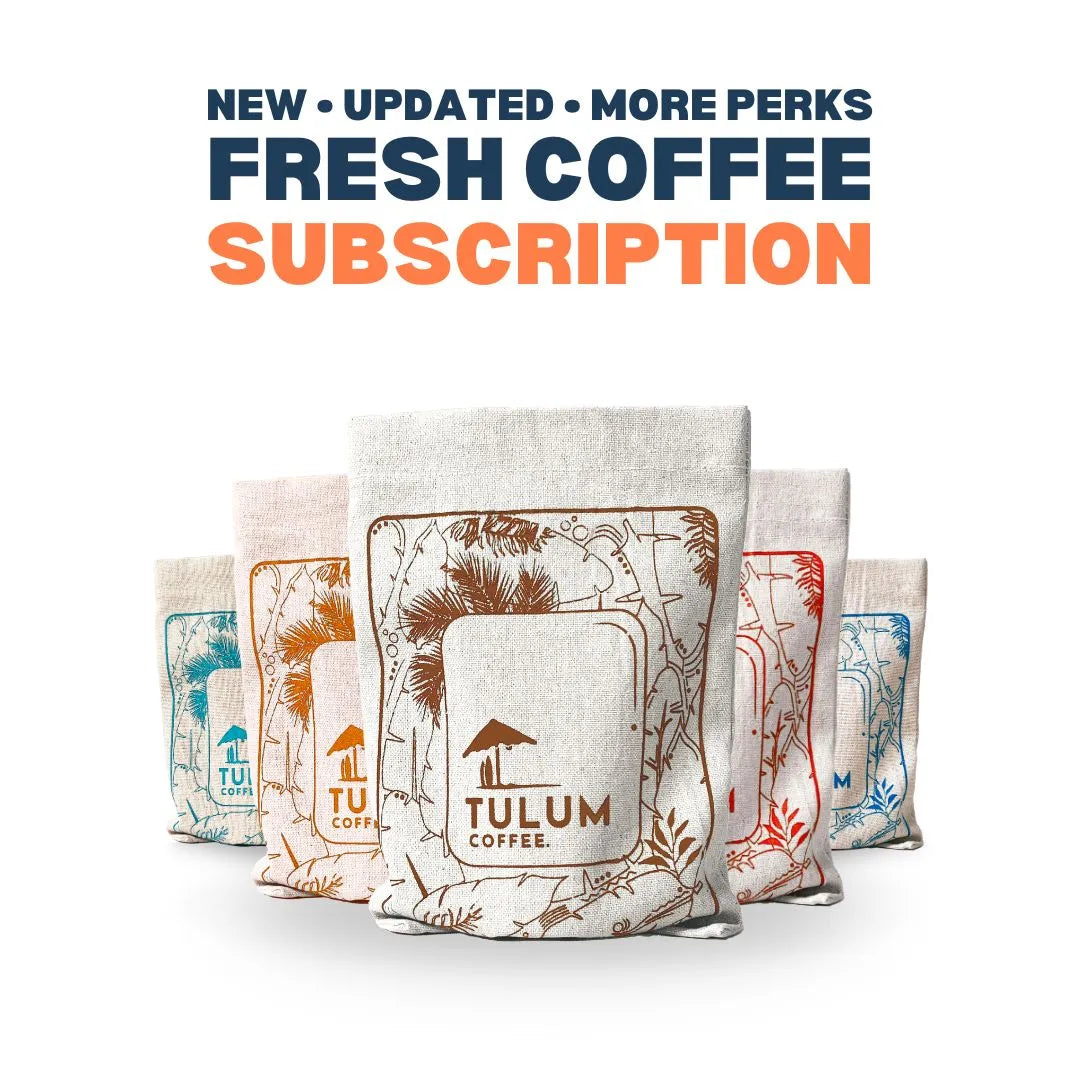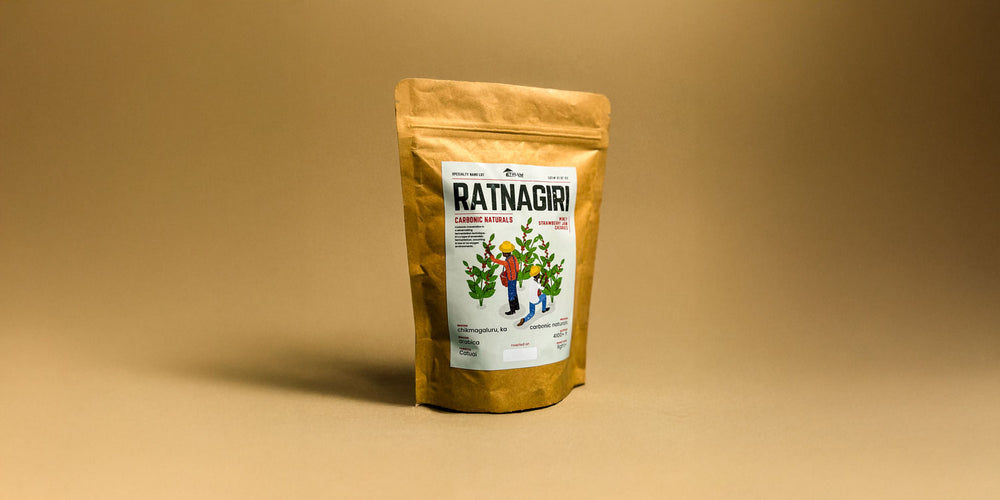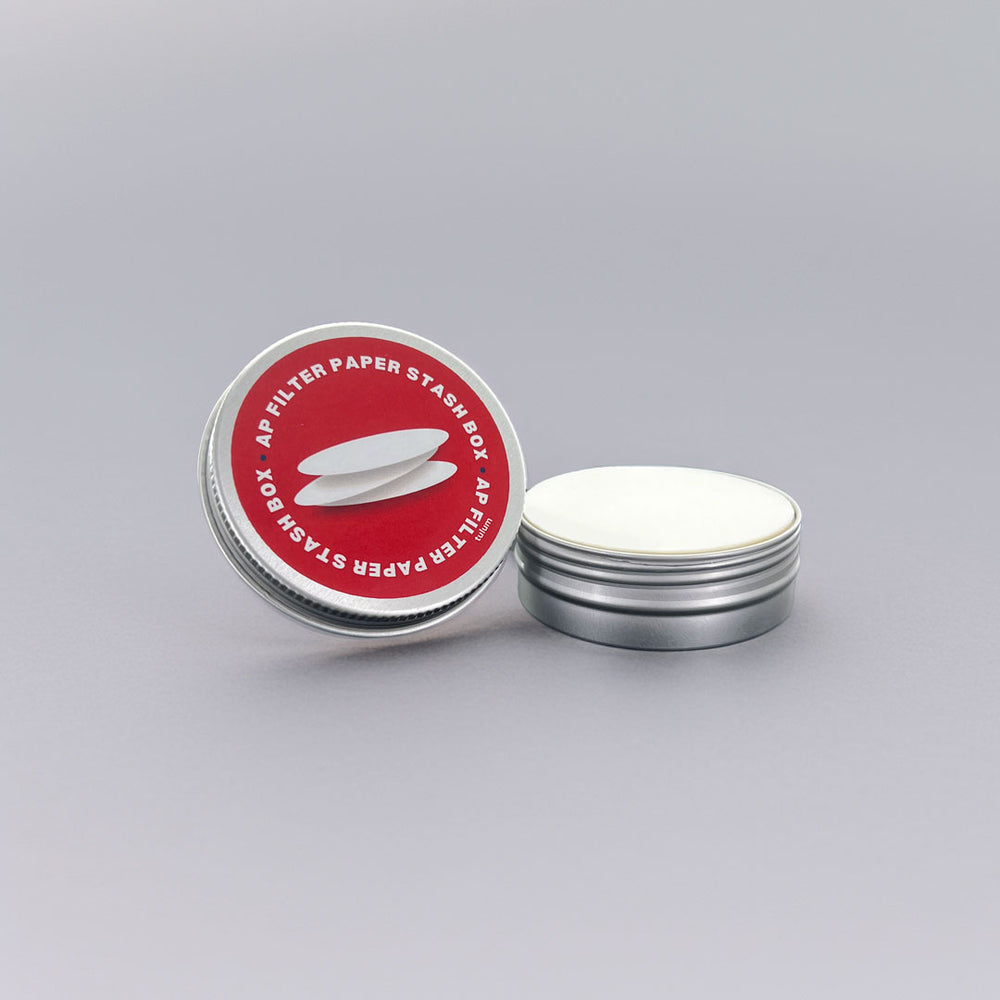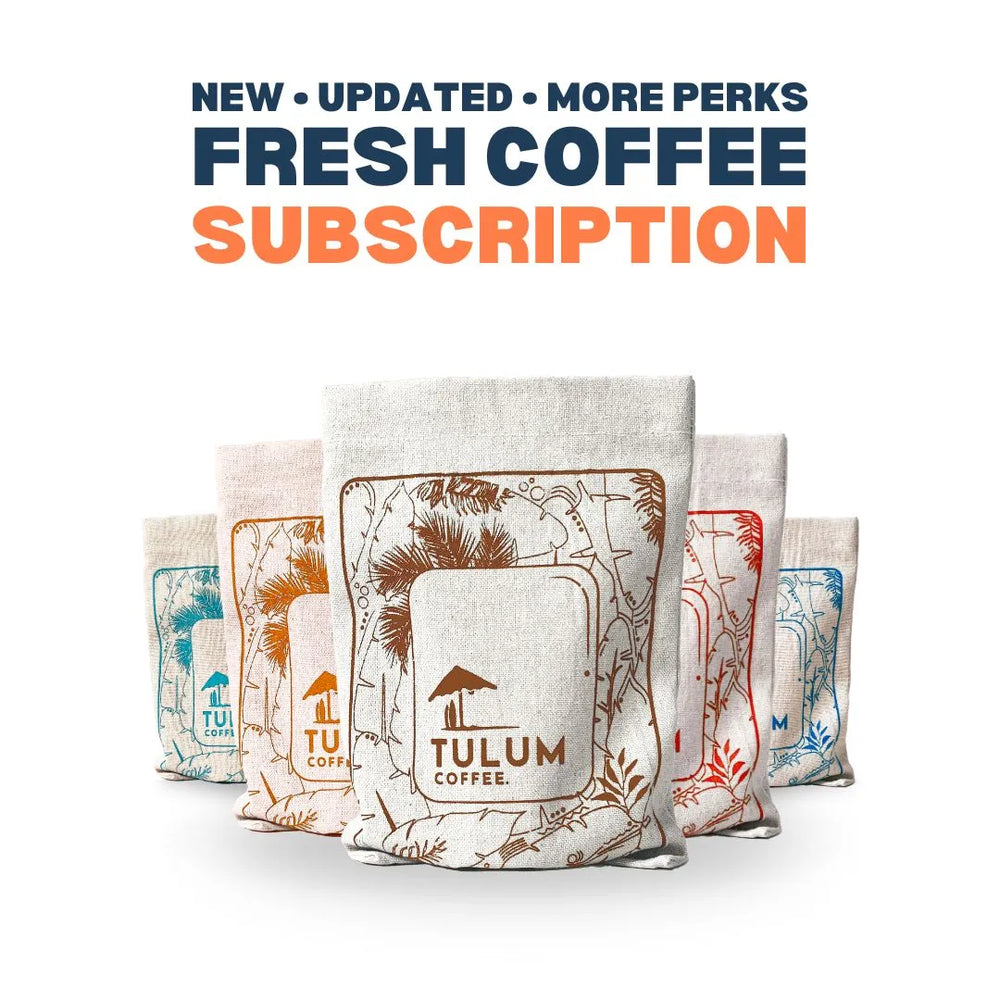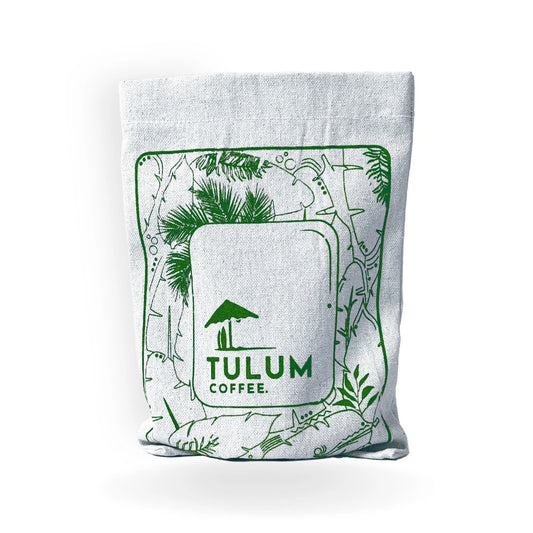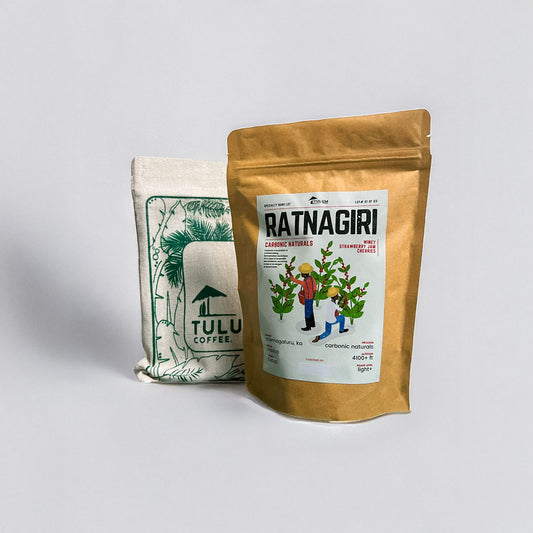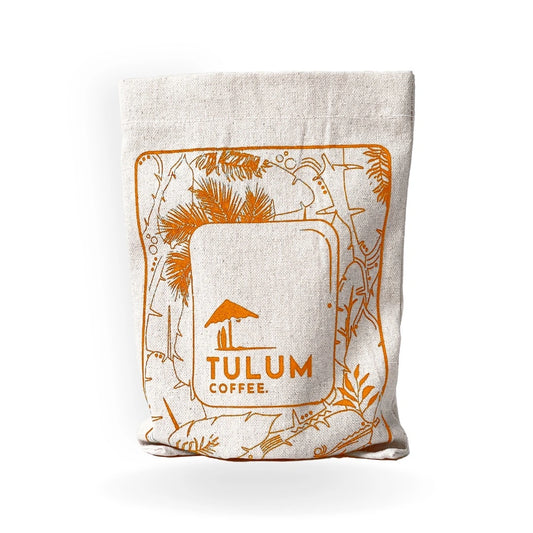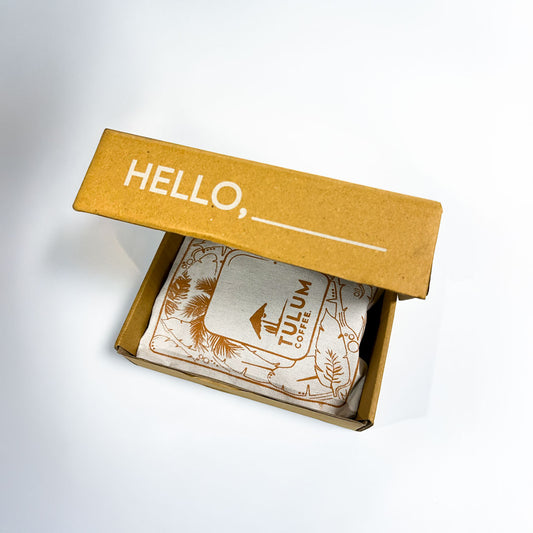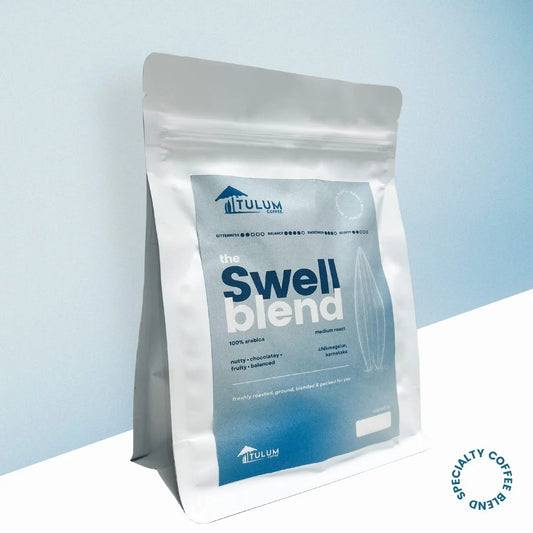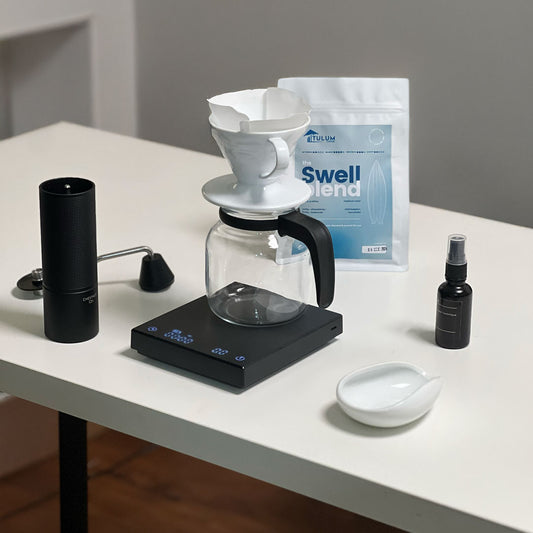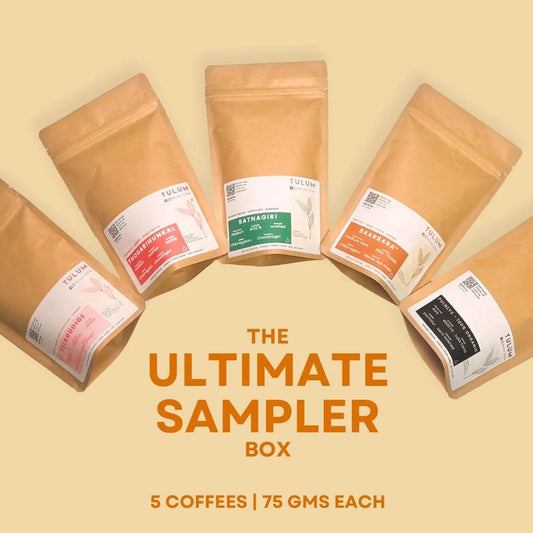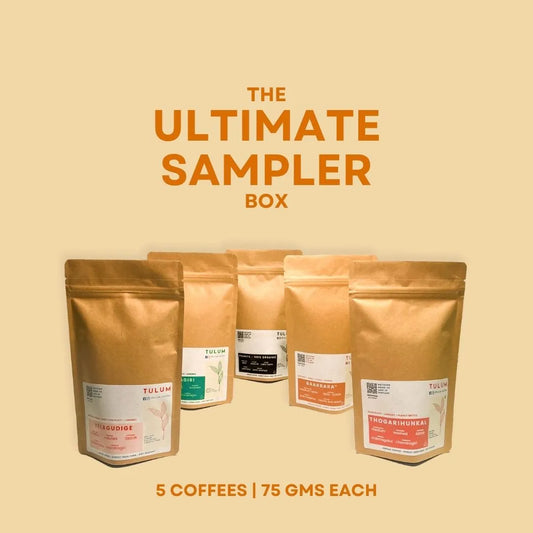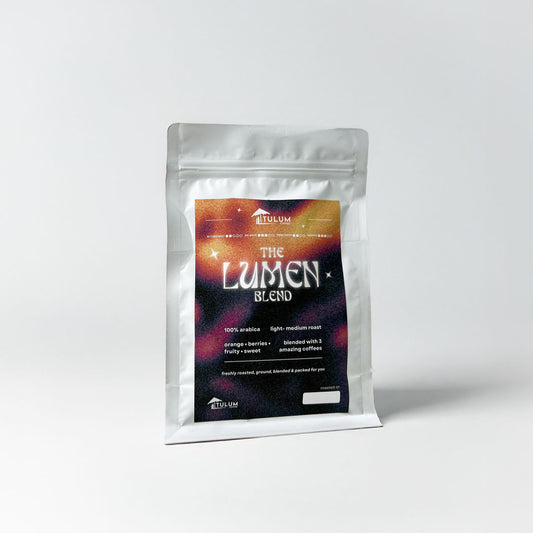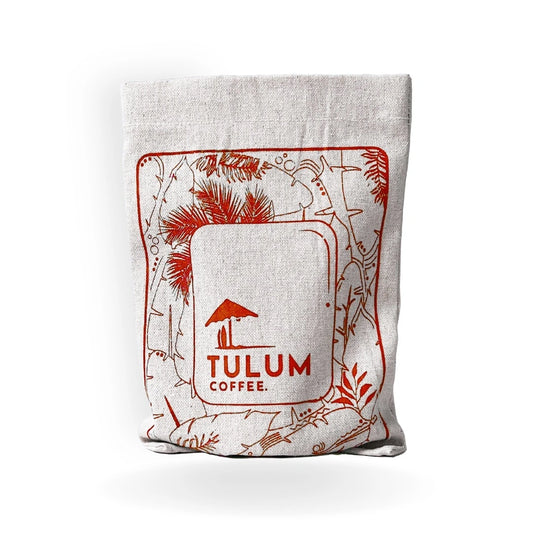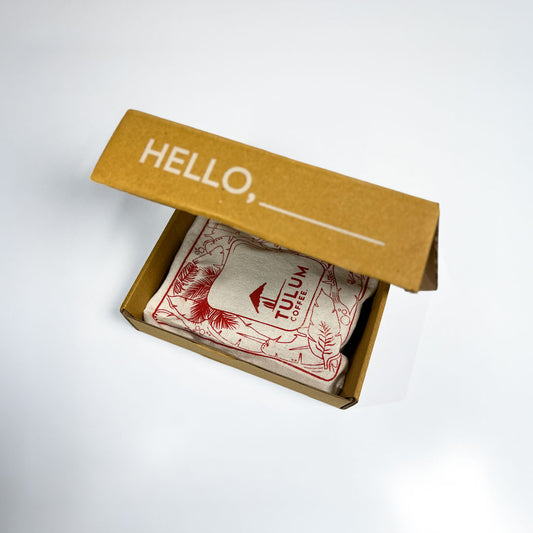Mistakes to Avoid When Brewing Coffee at Home: A Guide to Better Coffee
Share
 The grind size of your coffee beans plays a significant role in the extraction process. Using an incorrect grind size can lead to over-extraction (bitter taste) or under-extraction (sour taste). For most home brewing methods, use medium grind, similar to table salt. To avoid this, invest in a good quality grinder and adjust the grind size according to your brewing method and enhance the overall flavour of your coffee.
The grind size of your coffee beans plays a significant role in the extraction process. Using an incorrect grind size can lead to over-extraction (bitter taste) or under-extraction (sour taste). For most home brewing methods, use medium grind, similar to table salt. To avoid this, invest in a good quality grinder and adjust the grind size according to your brewing method and enhance the overall flavour of your coffee.
Mistake 1: Using Stale/Old Coffee Beans
Your journey to a perfect cup of coffee begins with selecting the right coffee beans. One of the most common mistakes is using stale or old coffee beans. Coffee beans lose their freshness over time, and this can significantly affect the taste and aroma of your brew. To avoid this mistake, Use freshly roasted beans and store them in an airtight container away from direct sunlight and moisture.
Mistake 2: Incorrect Coffee-to-Water Ratio
Achieving the ideal coffee-to-water ratio is crucial for a well-balanced and flavourful cup. Using too much coffee can result in an overpowering taste, while using too little can lead to a weak and underwhelming brew. To get it right, invest in a kitchen scale to measure your coffee and water accurately. Start with a ratio of 1:15 to 1:17 (coffee to water) and adjust according to your taste preferences.
Mistake 3: Inconsistent Grind Size
The grind size of your coffee beans plays a significant role in the extraction process. Using an incorrect grind size can lead to over-extraction (bitter taste) or under-extraction (sour taste). For most home brewing methods, use medium grind, similar to table salt. To avoid this, invest in a good quality grinder and adjust the grind size according to your brewing method and enhance the overall flavour of your coffee.
Mistake 4: Incorrect Water Temperature
Water temperature plays a crucial role in extracting the flavours from the coffee grounds. Using water that's too hot can result in bitterness, while water that's too cold can lead to sourness. The optimal water temperature range for brewing is between 195°F (90°C) and 205°F (96°C). To avoid this mistake, use a thermometer to ensure your water is within the correct range before brewing.
Mistake 5: Neglecting Brew Time
The amount of time your coffee grounds are in contact with water, known as brew time, affects the strength and flavor of your coffee. Too short a brew time can lead to under-extraction, while too long can cause over-extraction. Experiment with different brew times and find the sweet spot that suits your taste. Generally, aim for a brew time of around 3 to 4 minutes.
Mistake 6: Rushing the Pour
Pouring water too quickly can lead to uneven saturation of the coffee grounds and result in an imbalanced brew. Slow and steady pouring allows the coffee to bloom and ensures even extraction. Use a gooseneck kettle for better control and pour in a circular motion, starting from the center and moving outward.
Mistake 7: Skipping Regular Equipment Cleaning
Neglecting the cleanliness of your coffee equipment can negatively impact the quality of your brew. Residue and oils from previous brews can accumulate and alter the taste of your coffee. Make it a habit to clean your coffee maker, grinder, and other accessories after each use. Use warm water and mild soap to remove coffee oils and prevent flavour contamination.
Conclusion
By being aware of these common mistakes and taking steps to avoid them, you can significantly improve the quality of the coffee you brew at home. Remember, brewing coffee is both an art and a science, and practice makes perfect. Take the time to fine-tune your brewing process, experiment with different grind size, and most importantly, enjoy the journey of creating your perfect cup of coffee right in your own home.
